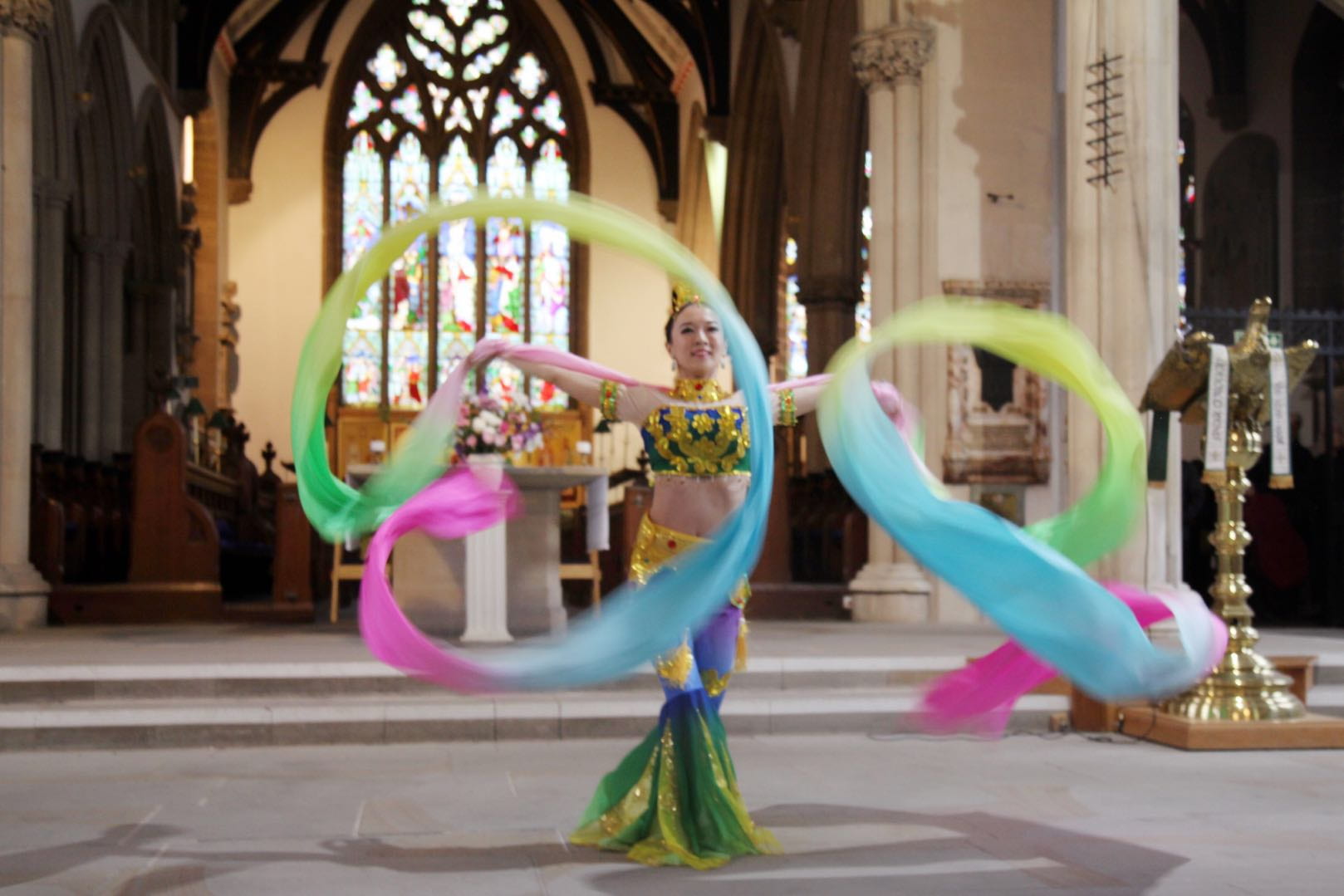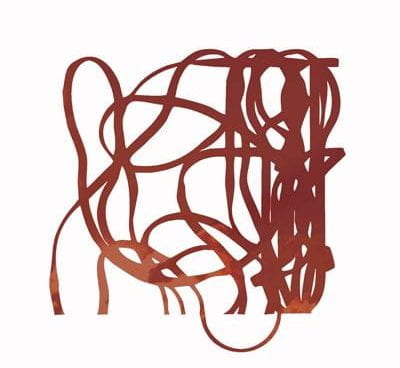The short film Love Knows No Borders made in March this year when the pandemic broke out in Wuhan is the product of the common wisdom and strength of all the teachers and volunteers in Goldsmiths Confucius Institute.
The film is mainly composed of segments of group and solo dance.
The group dance part mainly undertakes the narrative function. From the short film, we can see that at the beginning, we form a line and put on masks, which symbolizes the beginning of the pandemic. One can notice that all our face may seem expressionless, yet showing determination and calm. We also integrate calm attitude into the narrative of dance. Later, we line up in a row, form a circle and a triangle, with symphonic movements, to symbolize the strength from all walks of life fighting the epidemic together. At the end of the video, everyone jumps up, takes off the mask and throws it into the air, symbolizing the disappearance of the epidemic and the return of people’s health and freedom. Therefore, the group dance part weaves a complete logical pattern and a clue for the whole film with the strength of a team. We used the form of group dance to express our understanding of the spirit of working together and forging ahead.
In the segment of solo dance, we mainly aimed to give full play to the lyrical function of dance, focusing on four themes. The first aspect is the idea of being trapped; the second is confronting and fighting, the third is righteousness, and the fourth is hope.
We can see that there are two types of colors in the dance scenes in the short film. One of them is mainly depressed and gloomy black. For example, in the first half of the short film, we can see a dancer (Jiaolong Ma) in a dark room, so to express struggling in pain and the quest for living space; a dancer (Yiyun Li) expressing hope in the predicament in front of the iron window; and a dancer (Xueqi Zeng) showing suffering from illness with dance movements full of rising and falling.
In the next scene, the colors gradually became brighter, and the dancers (Xuyang Su and Rong Wang) use simple movements to show that the sun is not only shining into the house, but also into people’s hearts and minds.
Then there is a segment integrating several martial arts movements. With vigorous and powerful movements, the martial art volunteers (Hongli Zeng and Fu Zeng) and teacher (Chengmei Liang) of our Confucius Institute show the courage to drive away the virus and the confidence to win.
In the following scenes, much brighter colors are used to show hope and light. For example, the dancer (Jiaying Gao) holding a white fan resembling butterfly wings expresses yearning for the peaceful and beautiful world. The dancer holding a green silk ribbon is me. My original intention of designing this dance is to draw a heart-shaped route in the air with the long silk to show love and hope. At the same time, the long green silk represents harmony and connection, which means that all people in the world are connected together. The virus has come, however, it should not be a reason to isolate us, but a new starting point for us to form closer ties.
In fact, the theme of human connection and the common destiny of human beings runs through the entire film. Starting from the beginning, a verse is written on the screen: ”When looking up, we see the same sky and clouds, and people in all directions share the same sorrow (举首白云天共远,四方上下与同愁).” At the end of the video, we use the words ”Caring about the community of human destiny and protecting the ark of the common destiny of mankind”, bringing forth the theme. In addition, we also spent some efforts on the selection of the theme song, and finally decided the song “Warm heart with heart, equaling to the whole world”. The lyrics says: “Let us warm heart with heart, which is equal to the whole world”. In the emotional flow of music, we integrate Chinese dance elements and Western contemporary dance elements into one, with the purpose of reflecting a fusion of Eastern and Western cultures in the form of dance.

Xueting graduated from China’s leading institution for dance training, Beijing Dance Academy. Her main research directions are Chinese dance aesthetics, Chinese classical dance and universal dance education.
Xueting currently oversees the Chinese ribbon dance short course here at Goldsmiths and is a member of the department’s Outreach for Schools programme, which provides Chinese dance and arts learning experiences in schools across the UK.
